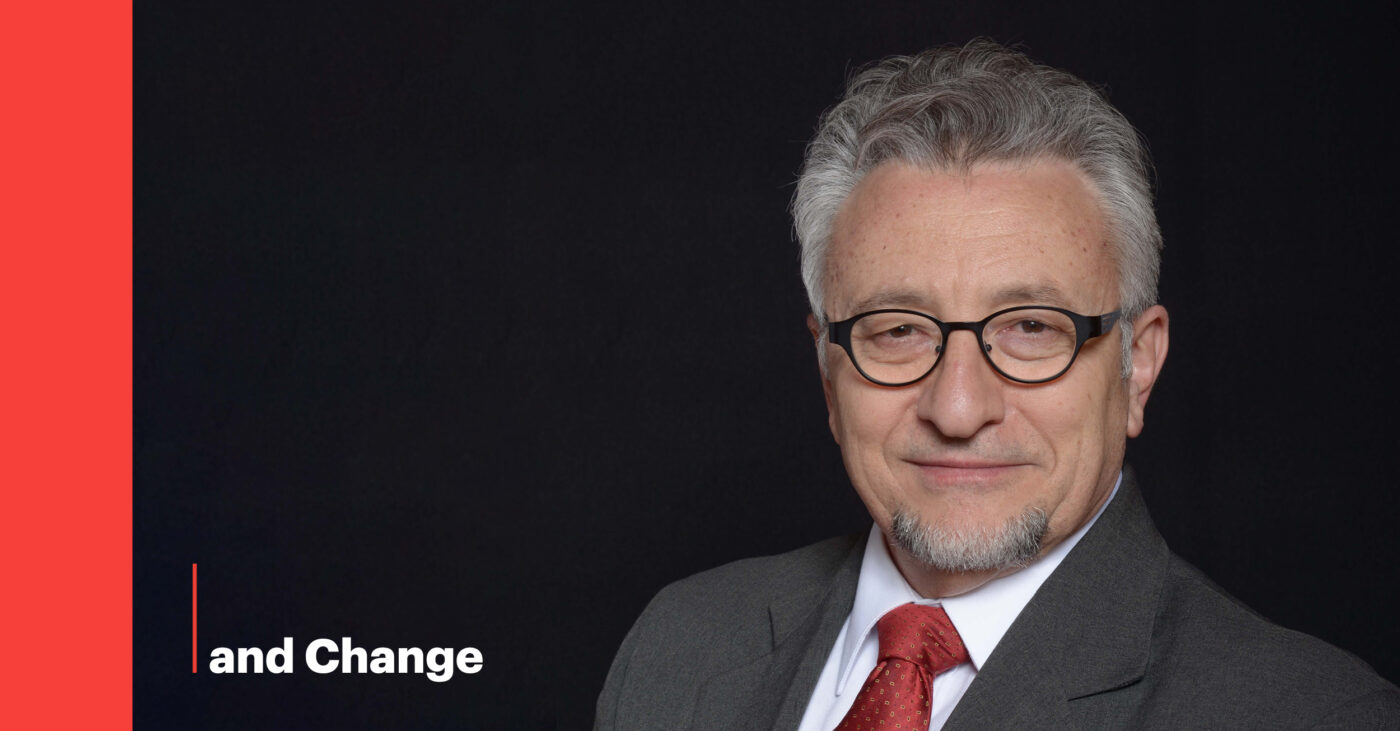Becoming an agent of change: the roles, skills and career opportunities
Change is inevitable. Every established institution, whether in government, the private sector, or the NGO space, will at some point need to alter a fundamental aspect of its operations. But a smooth transition requires more than just strategy. It requires leaders from the ground level upwards to embrace their roles as agents of change.

But why should someone take on these leadership roles and added responsibility? Naturally, becoming a change manager can help keep your employer afloat, meaning job security and a united direction even in times of great uncertainty. On an individual level, recent reports in South Africa have shown that change management skillsets are in high demand and that across the globe, change managers often have higher salary ranges and career advancement opportunities.
We have spent decades developing these vital employees and their skillsets. We’ve seen the damage that can be caused by a failure to manage change effectively, and we’ve also witnessed how the most difficult changes – such as restructuring or implementing new technology and hybrid working models – can be implemented with minimal resistance when the right people take on the role of change managers.
Who are these change agents within an organisation? What skills do they need?
1. Sponsors are usually at the highest level of the business and while not necessarily always in the C-suite, they do need a certain level of influence and financial clout to facilitate organisational change. They allocate the resources because they have the responsibility for allocating budgets and the influence to be able to alter them when needed. It’s a strategic role that has to work towards more sustainable change, with a long-term understanding of ‘why’ the change is taking place and how the business can benefit.
The sponsors can also bring in change management consultancies to start training other agents of change across the business and identify the people who would make the best leaders throughout the process.
2. People Leaders usually refer to middle and first-line management but could also include team leaders in a scrum-type of development structure. This group has a critical role in leading the change at the individual level. Additionally, they would be the best people to address individual resistance to the change as they have daily contact with their direct colleagues and subordinate. Finally, these leaders would be expected to coach their people on how to change, and the appropriate responses and behaviour that make the change real.
3. Change Managers, ideally identified by the sponsors, are responsible for planning and supporting the “people side of the change”, and are trained to ensure that employees from the ground-level up understand how their roles and careers will be affected by the change. While they are called ‘managers’, they don’t necessarily have to be in management, as long as they have the intelligence, influence and charisma to accurately analyse the change. It is support, and ability to apply a solid method, that results in realistic action plans. In a retrenchment process, for example, these people would be responsible for analysing how workloads will be affected, or whether a colleague’s role will have lesser or greater responsibility.
4. Change Enablers also include project managers, thought engineers and skilled members of an organisation who develop the tools to facilitate “the technical side of the change”. By building solutions, the change enablers can give the tools to the other change agents (like line managers), train them in their usage and adapt them to meet any challenges identified by other change managers. These change enablers are adaptable and creative, from new operational systems to technical strategies on how to implement them. According to the Prosci methodology, even though these enablers are responsible for the ‘technical’ change, this doesn’t necessarily mean it is technological in nature. Yes, some changes require technological solutions, but project managers can focus on ‘technical solutions’ such as culture changes, mergers and acquisitions, policy updates and other initiatives.
Each of these agents is an important piece of the change management puzzle and are central to creating an organisation with a high level of change maturity that can weather even major crises or evolutions.